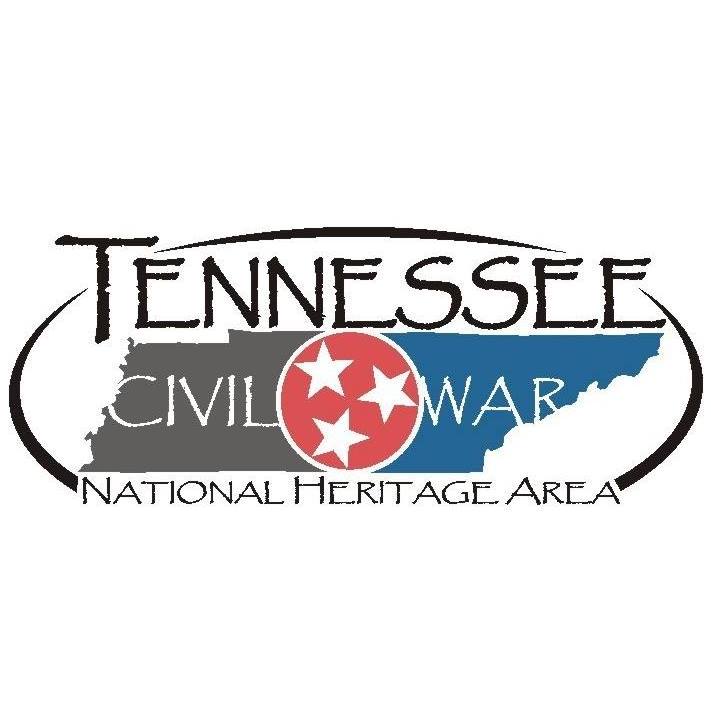National Historic Trails Program
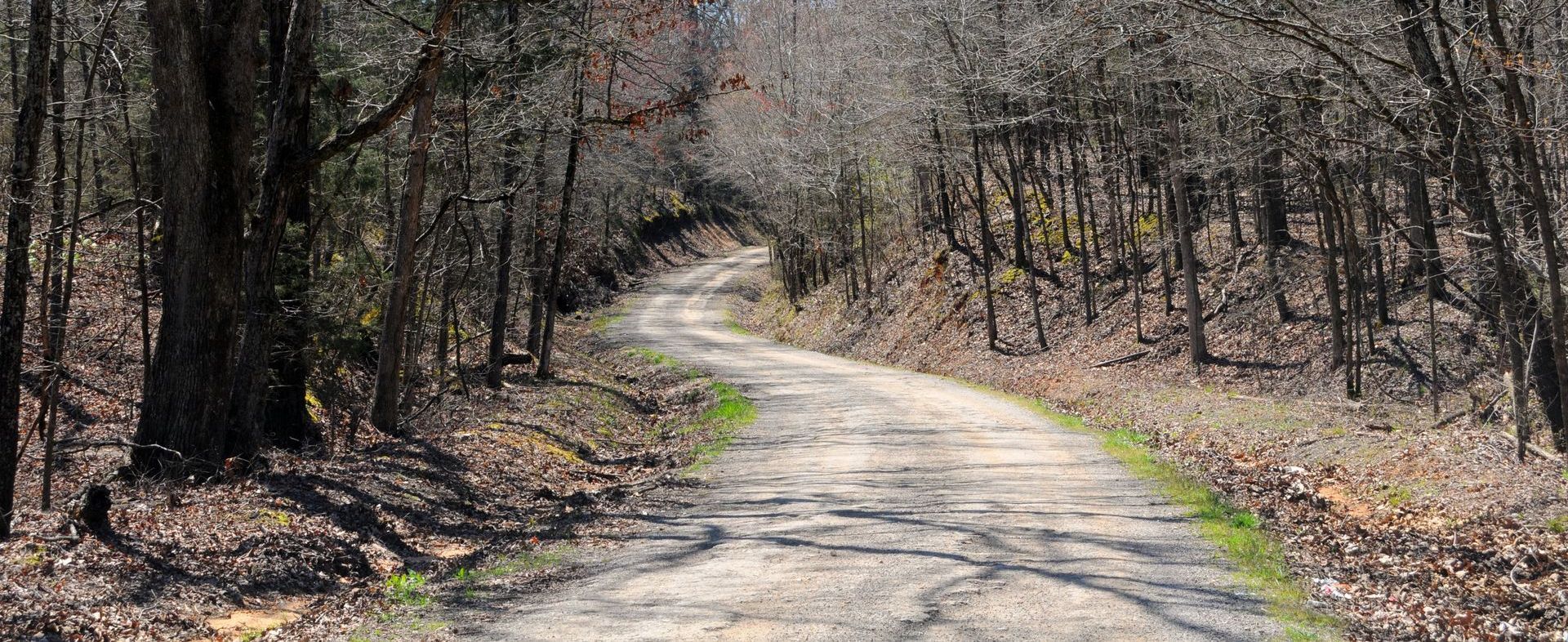
Since 2005, the Center has worked extensively on projects associated with the nation’s National Historic Trails, particularly on projects related to the Cherokee Trail of Tears. Through this work, we contribute to the interpretation and preservation of some of the most significant cultural resources in the United States. Amy Kostine, a former graduate research assistant at the Center, heads up the program as the Center’s Program Manager.
Through a long-standing cooperative agreement with the National Trails Office of the National Park Service, Center staff and students have worked on projects for several different trails, including the Trail of Tears National Historic Trail, the Santa Fe National Historic Trail, and the Mormon Pioneer National Historic Trail. In addition to the National Park Service and tribal partners, we have worked with the Trail of Tears Association, the United States Forest Service, the Missouri Humanities Council, and the Church of Jesus Christ of Latter-day Saints, among other organizations.
From 2017 to 2019, we surveyed the Santa Fe National Historic Trail in Missouri. This survey resulted in a full report documenting and assessing these historic buildings and structures, as well as a GIS database of properties. A heritage development plan for the Owens-McCoy House in Independence grew out of this survey.
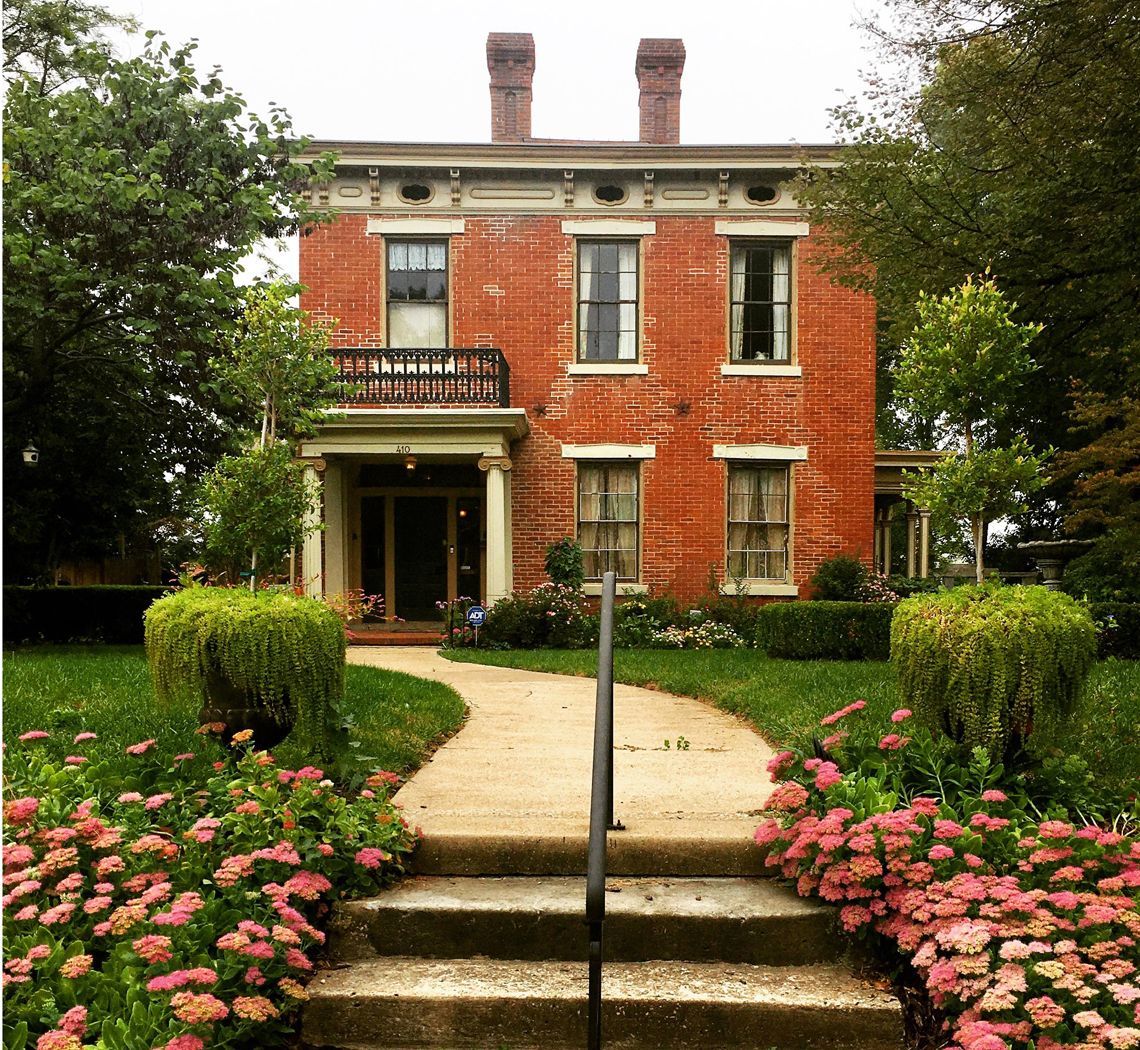
The Center completed a survey of historic buildings and structures along the Mormon Pioneer National Historic Trail in 2022. This partnership involved the National Trails office of the National Park Service, the Church of Jesus Christ of Latter-day Saints, and Community of Christ. The field study took faculty, staff, and students from Nauvoo, Illinois, to central Nebraska.
Most recently, we surveyed the Cherokee Trail of Tears in Missouri and developed an interpretive plan for the trail in 2022-23. This partnership between the Center, the National Trail of Tears Association, and Missouri Humanities Council brought Kostine and Center director Dr. Carroll Van West across Missouri, where many miles of extant historic trail still exist as dirt and gravel roads.
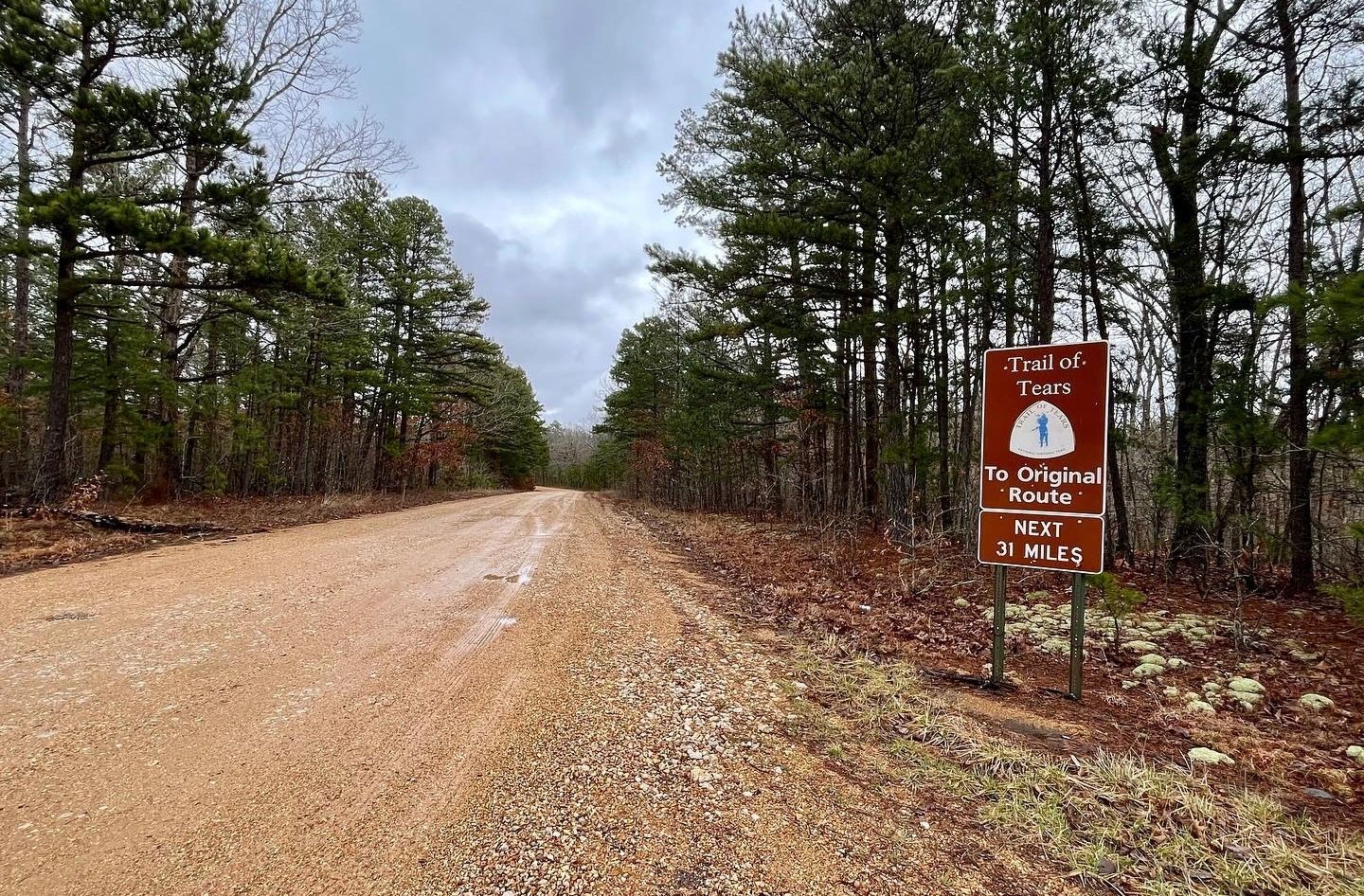
Multiple important publications have resulted from our Trails survey work. We wrote the text and gathered the images for the National Park Service’s Tennessee Trail of Tears Brochure. Kostine, West, and the late Michael Gavin collaborated on preservation guides that provide historical overviews and hands-on recommendations for maintaining both log and brick buildings on the Trail. See Restoration Guide for Historic Log Buildings on the Trail of Tears National Historic Trail and Restoration Guide for Historic Masonry Buildings on the Trail of Tears National Historic Trail. These booklets have been widely distributed and are useful for property owners of both Trail and non-Trail structures. Kostine and Center graduate students have also done significant, in-depth research on the various routes and transportation vehicles used along the Trail of Tears. Rivers, Rails, and Roads: Transportation During the Cherokee Removal, 1837-1939 summarizes this research in an illustrated booklet.
In addition to publications, we have worked on multiple exhibits in partnership with local, state, and regional historic sites. One of our strongest partners in interpretive exhibits has been the Hiwassee River Heritage Center in Charleston, Tennessee. Since 2013, we have worked with the staff there to develop indoor and outdoor exhibits, featuring the
Charleston area from the Trail of Tears to the Civil War, the
Hiwassee River, and
Voices of the Past. Like the Voices of the Past panels, which are placed along an outdoor interpretive trail,
waysides at David Crockett State Park in Lawrenceburg, Tennessee, enable visitors to better understand their surroundings.
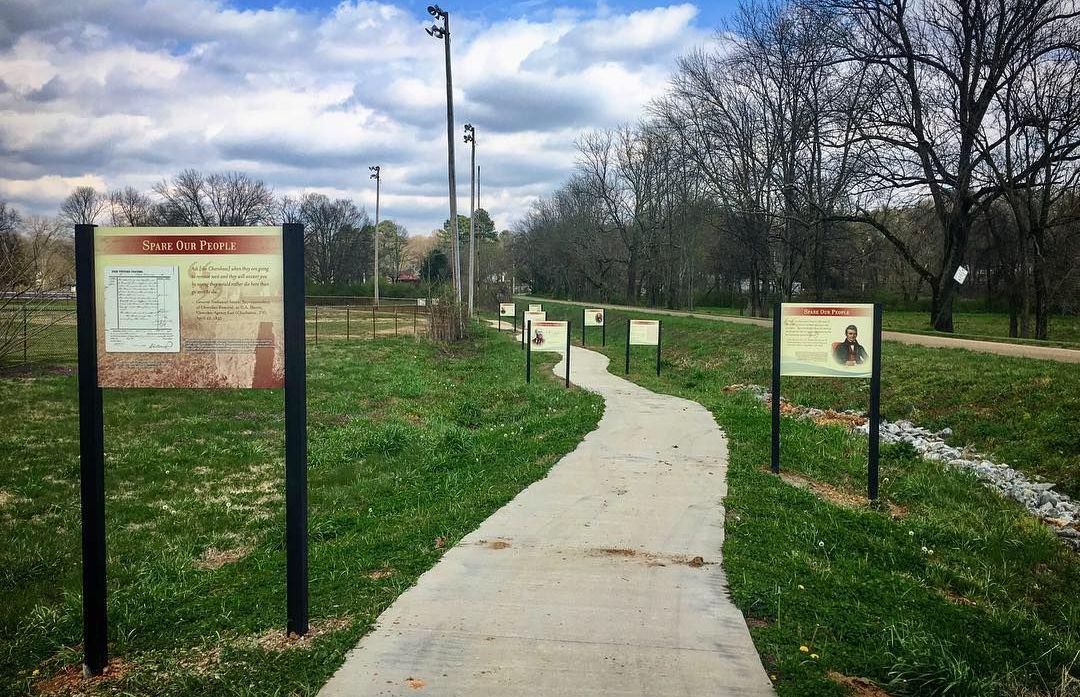
Center graduate research assistants have gained valuable experience working on Trails projects. Dr. S. Danielle Shelton, a former Center graduate research assistant who is now with the U.S. Forest Service, did extensive research on Red Clay State Park, which culminated in a cultural landscape assessment in 2019 and the development and installation of new permanent exhibit panels at the park near Cleveland, Tennessee.
RECENT PROJECTS
In addition to the recent survey work described above, as part of our Trails work in 2022 we completed a National Register of Historic Places nomination for the 400-acre El Rancho de las Golondrinas, one of the oldest ranches in New Mexico. The nomination of the ranch, which is associated with the El Camino Real de Tierra Adentro National Historic Trail, focused on its importance as a living history museum.
In 2024, we completed 20 high-potential sites and segments assessments of Trail of Tears sites in Tennessee and Kentucky in partnership with the National Trails Office of the National Park Service and completed a new exhibit with seven panels for the Cherokee Removal Memorial Park at Blythe Ferry visitor center.
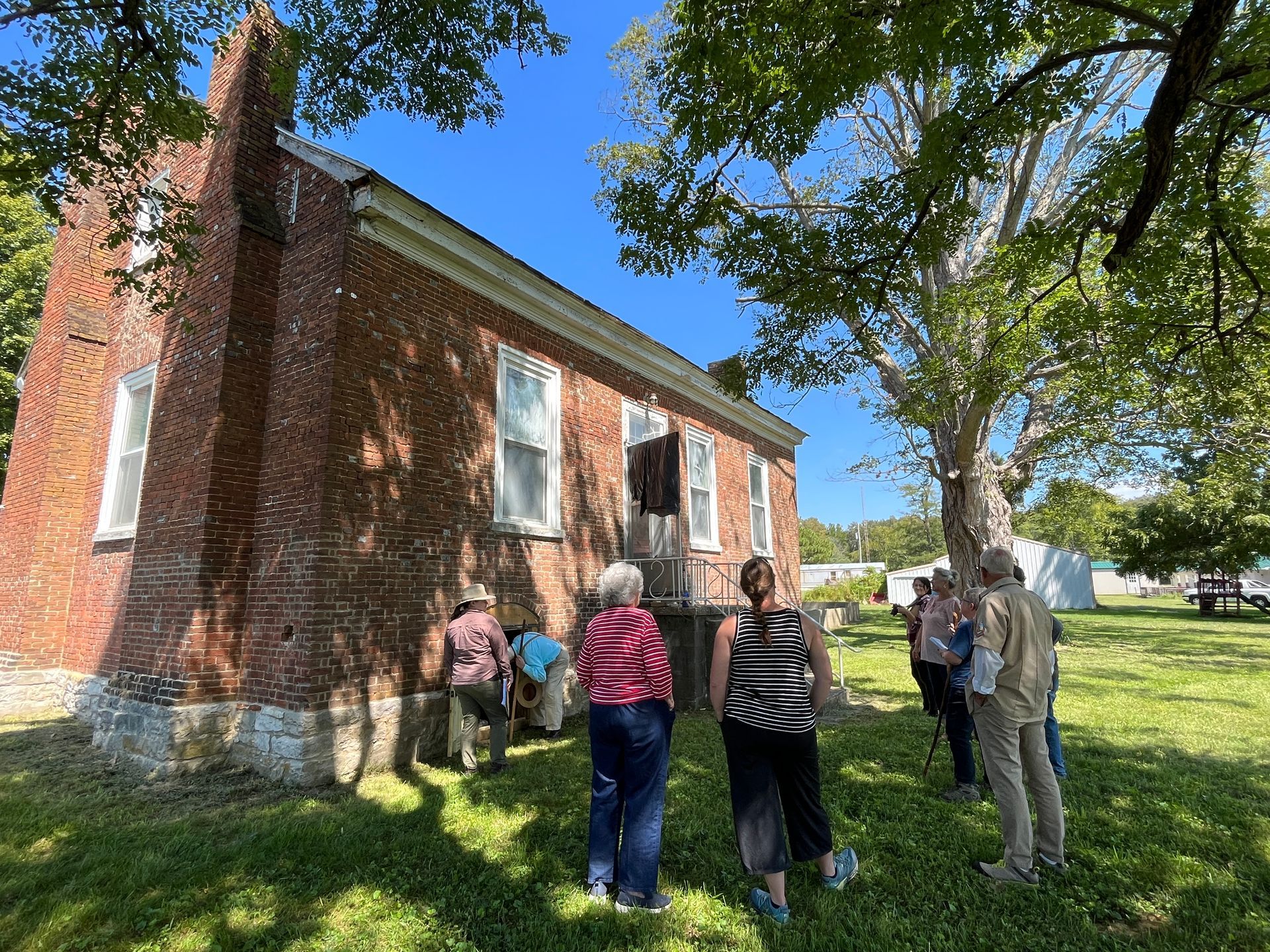
CURRENT PROJECTS
We are currently working with the United States Forest Service (USFS), tribal governments, and various state and local organizations on a multi-media “lessons learned” project as part of the USFS’s Memorandum of Agreement (MOA) in place to remediate damage done to a segment of the Trail of Tears located within the Cherokee National Forest. As part of this MOA, we are also developing educational materials related to the Unicoi Turnpike and the Trail of Tears in Monroe County.
In addition to these two projects, we are drafting and designing eleven new exhibit panels associated with the Water Route of the Trail of Tears for Land Between the Lakes National Recreation Area, in partnership with the USFS, the National Park Service, and tribal governments. Over the next few years, we will also be working with the Georgia Department of Transportation to develop a historic context and Story Map for the Trail of Tears in Cherokee and Forsyth counties.



